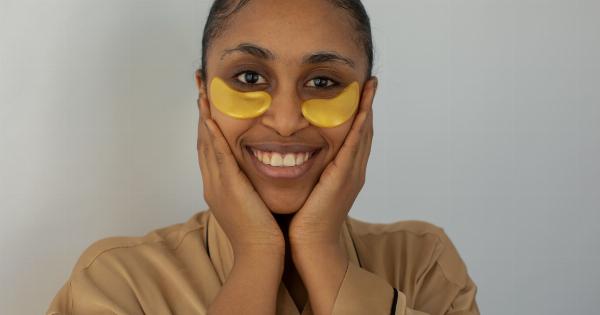Contact lenses are a popular alternative to traditional eyeglasses, providing clearer vision and improved aesthetics. However, improper contact lens usage can lead to various eye conditions, including keratitis.
Keratitis is the inflammation of the cornea, the transparent front part of the eye, and it can be caused by bacteria, viruses, fungi, or even external irritants. It is crucial to prioritize eye health and take preventive measures to minimize the risk of developing keratitis while wearing contact lenses.
1. Obtain a Prescription and Regular Eye Exams
Before using contact lenses, it is essential to have a comprehensive eye examination by a qualified optometrist or ophthalmologist.
These professionals will determine your specific eye conditions, measure the size and shape of your cornea, and prescribe contact lenses tailored to your needs. Additionally, regular eye exams help identify any changes or complications early on, allowing for prompt treatment.
2. Follow Proper Hygiene Practices
To prevent keratitis, it is crucial to maintain strict hygiene when handling your contact lenses. Always wash and dry your hands thoroughly before touching your lenses or your eyes.
Use mild, non-oily, fragrance-free soap and avoid using any hand lotions or creams that could leave residue on your hands.
3. Clean and Disinfect Your Lenses Properly
Proper cleaning and disinfection of your contact lenses are key to preventing keratitis. Follow the instructions provided by your eye care professional and consider the following tips:.
4. Avoid Sleeping or Swimming with Contact Lenses
One common cause of keratitis is wearing contact lenses while sleeping or swimming. When you sleep or swim with your lenses on, there is an increased risk of bacterial or fungal contamination, leading to potential eye infections and inflammation.
Always remove your contact lenses before engaging in these activities to minimize the risk.
5. Replace Your Contact Lenses on Schedule
Strictly adhere to the replacement schedule recommended by your eye care professional.
Don’t wear your lenses beyond their intended lifespan, as they can accumulate deposits, become less breathable, and increase the risk of infection or inflammation. Replace them promptly to maintain good eye health.
6. Never Share Your Contact Lenses
Sharing contact lenses with others may seem convenient, but it greatly increases the risk of eye infections, including keratitis.
Each person’s eyes are unique, and using someone else’s lenses can introduce harmful bacteria or other pathogens to your eyes. Always use contact lenses prescribed specifically for you.
7. Give Your Eyes Regular Breaks
Extended periods of contact lens wear can strain your eyes and increase the risk of developing keratitis. Whenever possible, give your eyes a break by wearing glasses instead of lenses.
Avoid wearing contact lenses for longer than the recommended duration to maintain optimal eye health.
8. Stay Away from Irritants
Avoid exposing your eyes to irritants that may lead to inflammation or damage the cornea. These irritants could include smoke, dust, chemicals, or excessive sunlight.
Be cautious in environments where such irritants are present, and consider wearing protective glasses to shield your eyes.
9. Be Mindful of Makeup Usage
When wearing contact lenses, take extra precautions with your makeup routine. Avoid applying makeup directly on the inner rim of your eyelids, as it can contaminate your lenses.
Additionally, use oil-free makeup products to minimize the risk of deposit build-up on your lenses, which can increase the chances of keratitis.
10. React to Symptoms Promptly
If you experience any unusual symptoms such as redness, irritation, pain, light sensitivity, excessive tearing, blurred vision, or discharge from your eyes, remove your lenses immediately and consult your eye care professional.
Promptly addressing any concerns can help prevent further complications and minimize the risk of developing keratitis.
Conclusion
Protecting your eyes while wearing contact lenses is crucial to avoid conditions like keratitis.
By following proper hygiene practices, regular hygiene practices, cleaning and disinfection protocols, and being mindful of your lens usage, you can significantly reduce the risk of developing keratitis or other eye infections. Prioritize your eye health, and always seek professional advice when needed to ensure optimal vision and comfort.




























